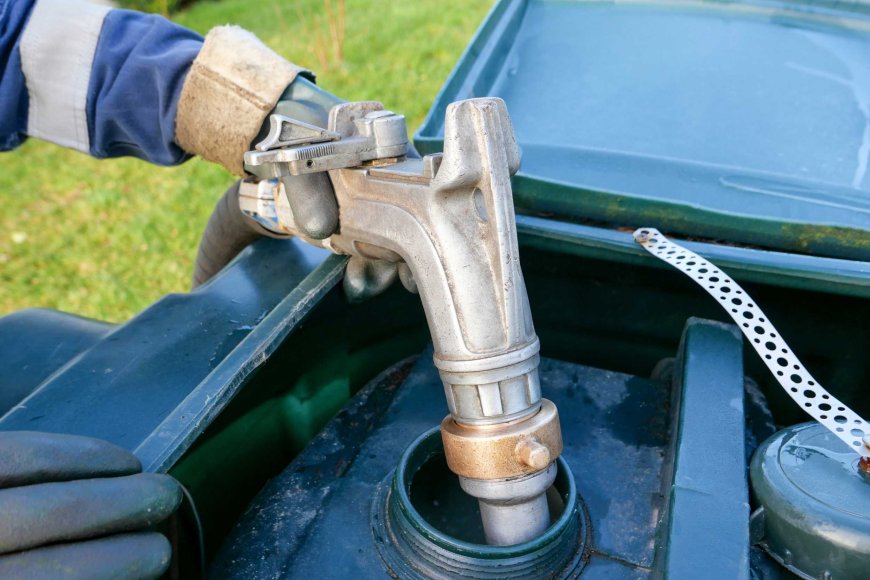Types of Heating Oil in the UK: Understanding Your Options

Heating oil remains a vital fuel source for many households and businesses in the UK, especially in rural areas where mains gas supply isnt available. Delivered by tanker and stored in tanks on-site, heating oil fuels boilers and heaters to provide warmth and hot water throughout the colder months. However, not all heating oils are the same. There are different types of heating oil, each with unique characteristics, uses, and legal regulations. This article provides an overview of the main types of heating oil in the UK to help you understand their differences and applications.
What Is Heating Oil?
Heating oil is a refined petroleum product designed specifically for use in heating systems. It is similar to diesel but refined to burn more cleanly and efficiently in oil-fired boilers. Heating oil is usually delivered in bulk to properties and stored in tanks until it is needed.
The Two Main Types of Heating Oil in the UK
The UK primarily uses two types of heating oil: Kerosene (28-second oil) and Gas Oil (35-second oil or red diesel). Each type varies in viscosity, tax treatment, usage, and environmental impact.
1. Kerosene (28-Second Oil)
Kerosene, often referred to as 28-second oil, gets its name from the time it takes to flow through a standard test nozzle at 20C about 28 seconds.
-
Usage: Predominantly used in domestic heating systems.
-
Advantages: Kerosene burns relatively cleanly, producing less soot and particulate matter, which helps maintain boiler efficiency and reduces maintenance.
-
Cost: Generally more expensive than gas oil due to higher fuel duty (tax).
-
Environmental Impact: Though still a fossil fuel, kerosene produces fewer harmful emissions than heavier oils, making it a cleaner option for home heating.
2. Gas Oil (35-Second Oil or Red Diesel)
Gas oil, also called red diesel because of the red dye added for tax purposes, is thicker and less refined than kerosene. It flows more slowly, taking about 35 seconds in the standard viscosity test.
-
Usage: Used primarily in commercial, agricultural, and industrial heating systems, as well as in certain vehicles and machinery.
-
Advantages: Cheaper than kerosene because it is subject to a lower fuel duty.
-
Cost: More economical but legally prohibited for domestic heating.
-
Environmental Impact: Gas oil produces more soot and particulates, leading to higher emissions and potentially increased boiler wear.
Emerging Option: Bioheating Oil
Bioheating oil is an increasingly popular alternative fuel that blends traditional heating oil with renewable biofuels made from vegetable oils or animal fats.
-
Benefits: Reduces carbon emissions and is often compatible with existing oil boilers without requiring modifications.
-
Availability: Many UK suppliers offer biofuel blends containing up to 30% renewable content, supporting efforts to reduce environmental impact.
Safety and Regulations
Kerosene is the only heating oil approved for most domestic use in the UK. Gas oils use is restricted to commercial and agricultural sectors due to taxation laws. Proper storage in approved tanks and regular boiler servicing are crucial for safety and efficiency.
Conclusion
Kerosene remains the standard heating oil for UK homes, thanks to its cleaner burning qualities and legal approval. Gas oil is a cost-effective option for commercial and agricultural applications but is not permitted for domestic heating. Bioheating oil offers a promising greener alternative that helps reduce carbon footprints while working with existing systems. Understanding these types of heating oil can help consumers choose the most suitable option based on cost, efficiency, and environmental considerations.






































